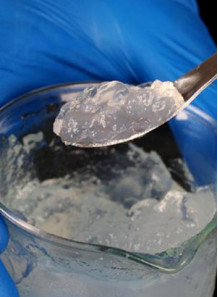TEMPO Nanocellulose (D 10-20nm, L 500-5000nm)
Cosmetics
Code: 31497
This modified cellulose improved the water dispersibility. Colloid Stability and surface reaction making it useful for various applications. Including cosmetics and food
Cart
No products
Subtotal:
0.00
Total
0.00
THB



